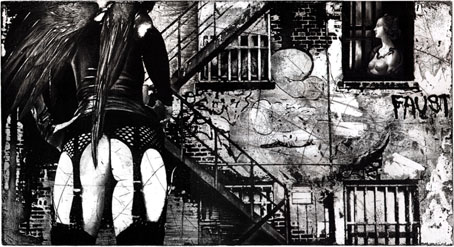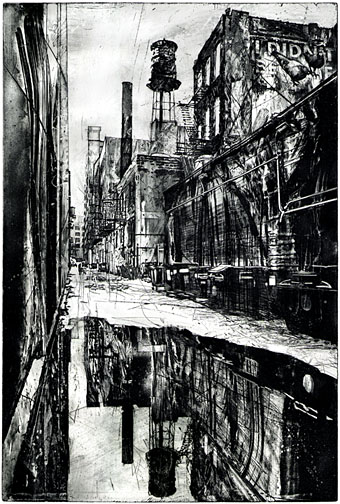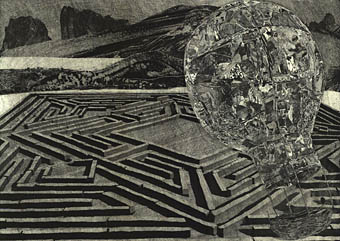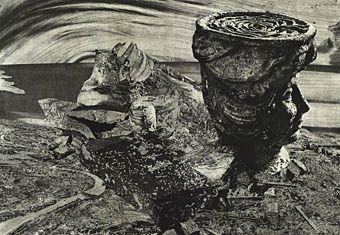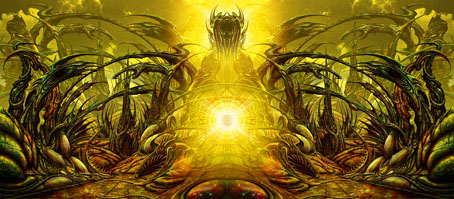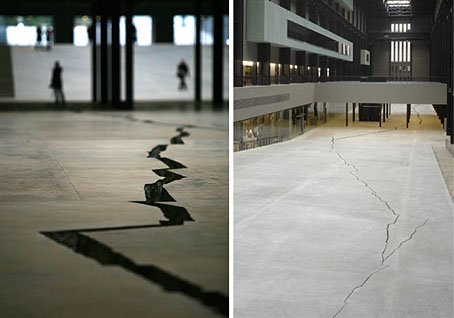Voyage de Nuit (etching/engraving; no date).
Michael Goro’s etchings and engravings are rich with the kind of gritty urban verisimilitude I love. His site has several more examples and there’s a good interview with the artist here.
Michael Goro, a prominent intaglio printmaker, has lived and worked in Russia, Europe, Israel, and the U.S. His work has received a number of prestigious international awards including Special Prize at the 1998 International Print Triennial in Kanagawa, Japan and Excellent Prize at the 2006 14th Seoul Space International Print Biennial at the Seoul Museum of Art (Korea). He describes his art as a “continuous creative search for raw authenticity in urban environments and human forms that are constantly changing.” Utilizing the full spectrum of printmaking techniques, ranging from Renaissance engraving to digital photogravure, he shares his unique personal experiences through imaginative imagery.
Thanks to PK for the tip!
Reflections (etching; no date).
Previously on { feuilleton }
• The etching and engraving archive

